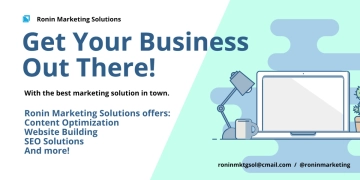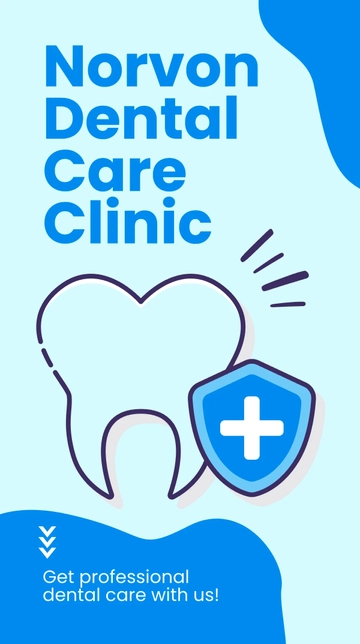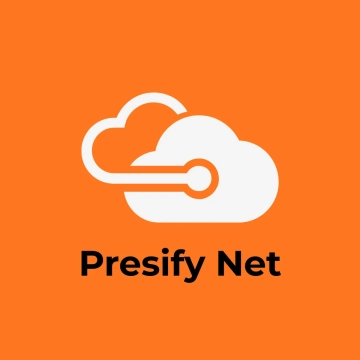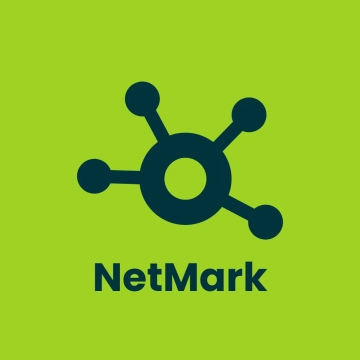Free Digital Marketing Agency Content Brief

Prepared by: [YOUR NAME], [YOUR COMPANY NAME]
I. Introduction
This document outlines the strategic approach for the development and delivery of digital marketing content for our client. Our main objectives include increasing brand awareness, driving traffic to our client's website, and generating leads and conversions.
II. Goals
Increase brand recognition and reputation
Drive organic and paid traffic to the client's website
Increase customer retention and loyalty through engaging content
Enhance search engine rankings
Grow the client's social media presence
III. Target Audience
This table structure helps in clearly defining the key characteristics of the target audience for your digital marketing efforts, ensuring that the content created is highly relevant and engaging for them.
Attribute | Description |
|---|---|
Age Group | 18-54 |
Gender | Both Males and Females |
Tech-Savviness | Highly tech-savvy, comfortable with digital platforms |
Social Media Activity | Active on social media platforms |
Shopping Preferences | Prefer to do their shopping primarily online |
IV. Key Messages
Our strategy will be to communicate the following key messages:
Our client's products/services are of high quality and offer excellent value.
They are committed to customer satisfaction.
The brand is trustworthy and reliable
The products/services are easy to use and accessible to everyone.
The brand supports responsible and sustainable practices
V. Tone of Voice
By consistently applying this professional and informative tone across all content and channels, we will strengthen our client's brand image, foster trust, and establish a strong, credible voice in the digital space.
Professional:
Our content will carry a tone of professionalism, embodying respect, clarity, and authority in our field. This tone reassures our audience of our expertise and commitment to quality. It's especially crucial in communications where trust and reliability are paramount, such as in industry insights, product descriptions, and service offerings.How to Implement:
Use clear, concise language avoiding slang or jargon that could confuse the audience. Ensure content is well-researched, citing reputable sources where necessary. Language should convey respect and understanding for the reader's needs and challenges.
Informative:
Alongside professionalism, our content will be rich in valuable information, aiming to educate our audience. This approach positions our brand as a helpful resource, encouraging engagement and return visits.How to Implement:
Focus on providing actionable advice, comprehensive guides, and answers to common questions. Each piece of content should offer something of value, whether it's new information, insights, or solutions to problems.
VI. Content Format
To effectively reach and engage our target audience, our content strategy encompasses a diversified approach, leveraging various content formats. Each format is chosen for its unique ability to communicate our message, engage our audience, and support our overarching marketing objectives. Below is a detailed outline of each content format we will employ:
1. Blog Posts or Articles
Purpose: To educate, inform, and engage readers with in-depth analysis, how-to guides, industry insights, and thought leadership pieces.
Frequency: Weekly to bi-weekly, ensuring a steady stream of fresh content to improve SEO and keep the audience engaged.
2. Email Newsletters
Purpose: To nurture leads, keep our brand top-of-mind, and provide subscribers with exclusive content, offers, and updates.
Frequency: Bi-weekly or monthly, maintaining regular touchpoints with our audience without overwhelming their inboxes.
3. Infographics
Purpose: To present complex data, statistics, or information in an easy-to-understand, visually appealing format.
Use Cases: Summarizing research findings, illustrating step-by-step guides, or comparing products/services.
4. Video Content
Purpose: To capture attention, increase engagement, and enhance message retention through dynamic and interactive storytelling.
Types: Explainer videos, product demos, customer testimonials, behind-the-scenes looks, and live streams.
5. Social Media Posts
Purpose: To build community, increase brand awareness, and drive traffic to our website or specific landing pages.
Frequency and Platforms: Daily posts on platforms where our audience is most active (e.g., Facebook, Instagram, LinkedIn, Twitter), tailored to the unique format and audience of each platform.
- 100% Customizable, free editor
- Access 1 Million+ Templates, photo’s & graphics
- Download or share as a template
- Click and replace photos, graphics, text, backgrounds
- Resize, crop, AI write & more
- Access advanced editor
Master the art of content creation with Template.net's Digital Marketing Agency Content Brief Template. Designed to streamline the content planning process, this template helps you capture and articulate client content goals effectively. Editable and customizable, it ensures that every piece of content is purpose-driven and aligned with client expectations, with our AI Editor Tool simplifying content strategy adjustments.





























